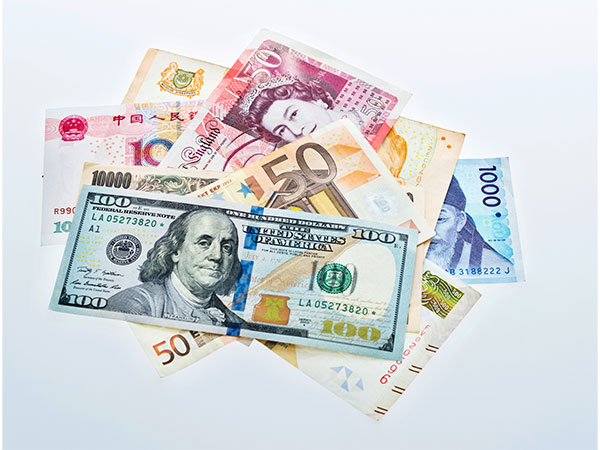India's Forex Reserves Dip Despite Reaching Record Highs
India's foreign exchange reserves have declined for the fourth straight week, dropping by USD 3.463 billion to USD 684.805 billion, as per RBI data. This follows an earlier peak of USD 704.885 billion. The reserves serve as a buffer against global shocks and contribute to stabilizing the Indian Rupee.

- Country:
- India
India's foreign exchange reserves have witnessed a decline for the fourth consecutive week, following their climb to an all-time high just last month. The Reserve Bank of India (RBI) reported that, in the week ending October 25, forex reserves fell by USD 3.463 billion, settling at USD 684.805 billion.
In the previous three weeks, reserves saw respective declines of USD 3.7 billion, USD 10.7 billion, and USD 2.16 billion, signaling an intervention by the central bank to forestall a sudden Rupee depreciation. Having previously peaked at USD 704.885 billion, the reserves act as a safeguard for the domestic economy against external shocks.
RBI's latest figures show foreign currency assets, the critical component of forex reserves, stand at USD 593.751 billion, while gold reserves hold at USD 68.527 billion. These reserves are deemed adequate to cover roughly one year's worth of predicted imports, highlighting their role in stabilizing the economy.
Compared to a reduction of USD 71 billion in 2022, India has added approximately USD 58 billion to its reserves in 2023. These reserves comprise predominantly of assets in reserve currencies such as the US Dollar, Euro, Japanese Yen, and Pound Sterling.
The RBI maintains vigilance over foreign exchange markets, intervening strategically to maintain orderly conditions and mitigate extreme rupee volatility, eschewing fixed target levels. The central bank's interventions, which include dollar sales, serve to control sharp rupee devaluations, ensuring the currency's stability.
Over the past decade, the Indian Rupee has transformed from one of Asia's most volatile currencies to one of the most stable, thanks in part to the RBI's strategic currency management. A stable Rupee enhances the forward-looking performance of Indian assets, attracting investment due to their increased predictability. (ANI)
(With inputs from agencies.)
- READ MORE ON:
- India
- foreign exchange
- reserves
- RBI
- Rupee
- economy
- stability
- forex decline
- US Dollar
- global shocks
ALSO READ
China's Bold Fiscal Move: Reviving the Economy with Trillion-Yuan Debt
French Economy Outpaces Forecasts Amid Olympic Surge
U.S. Economy Defies Recession Fears Amid Interest Rate Cuts
Top Stories Highlight Tension in Politics and Economy: From India's Economic Woes to Global Political Battles
Germany's Economy Surprises with Growth










